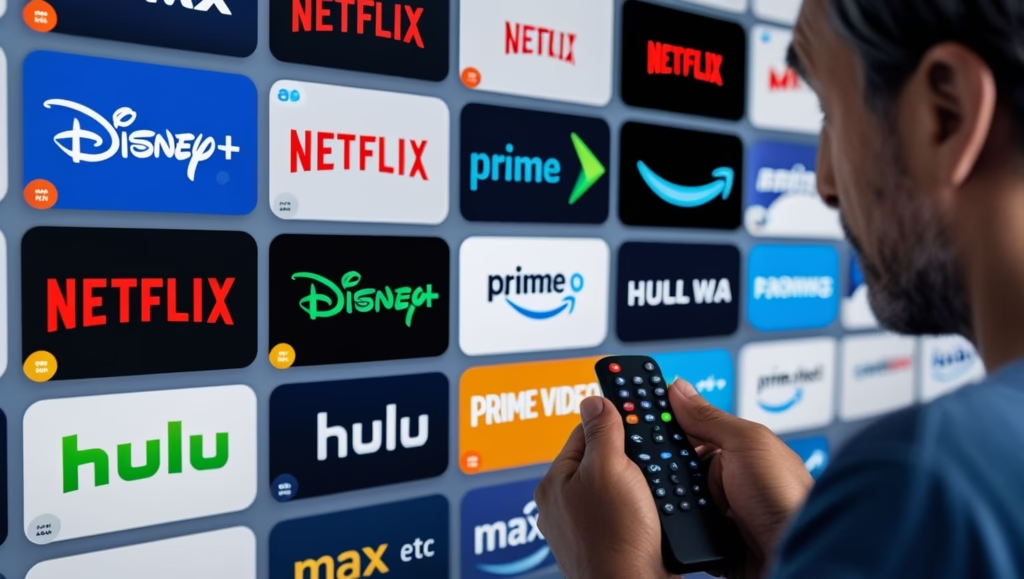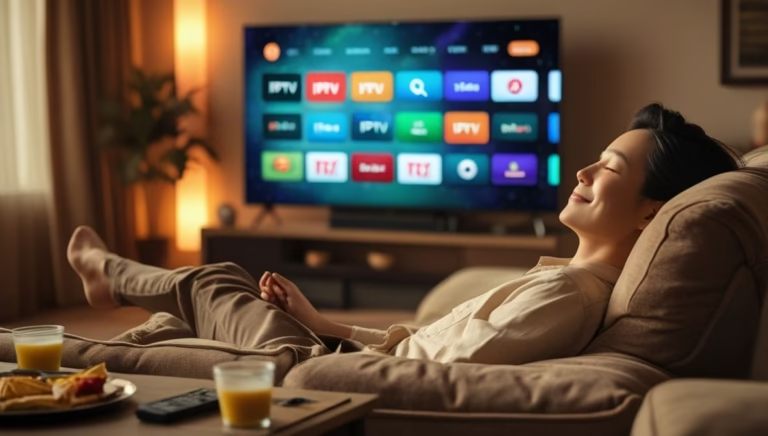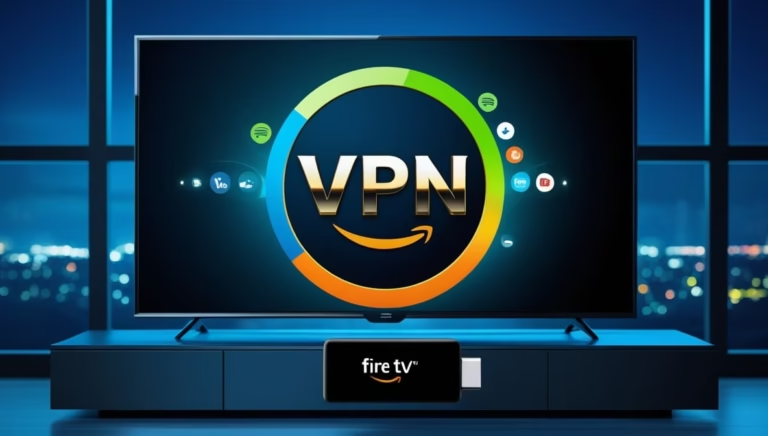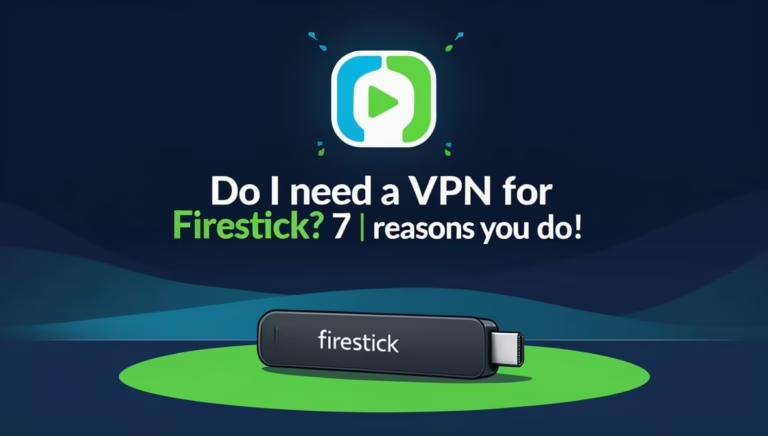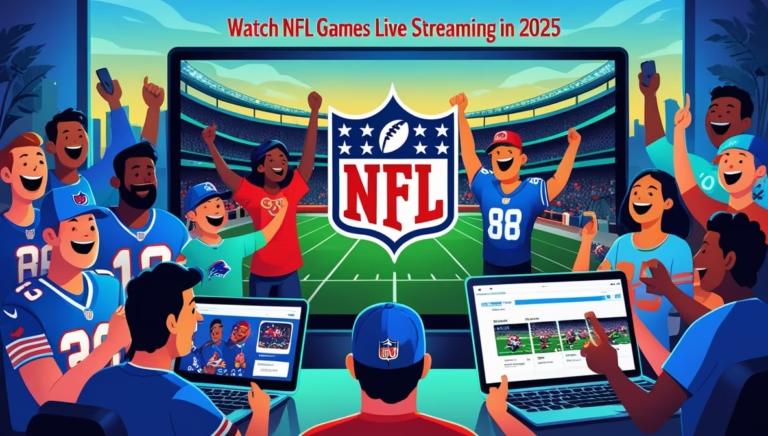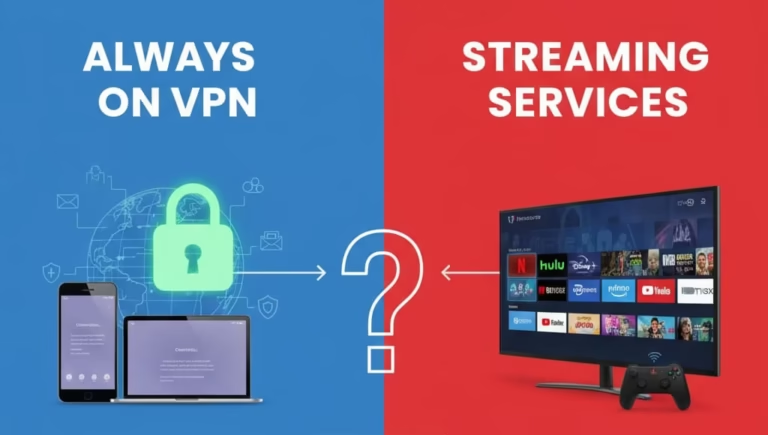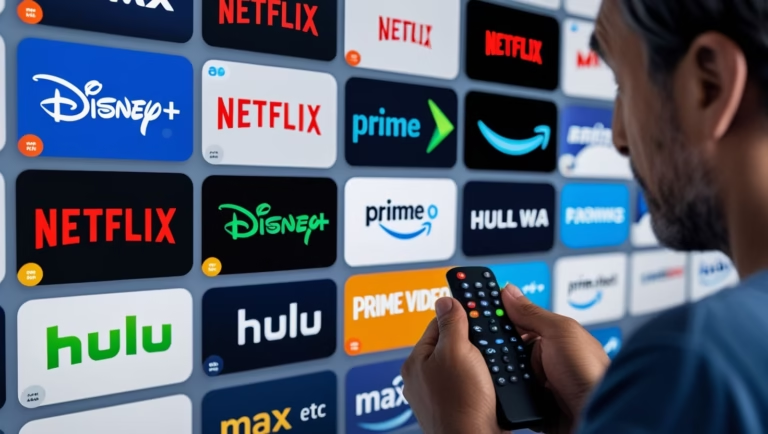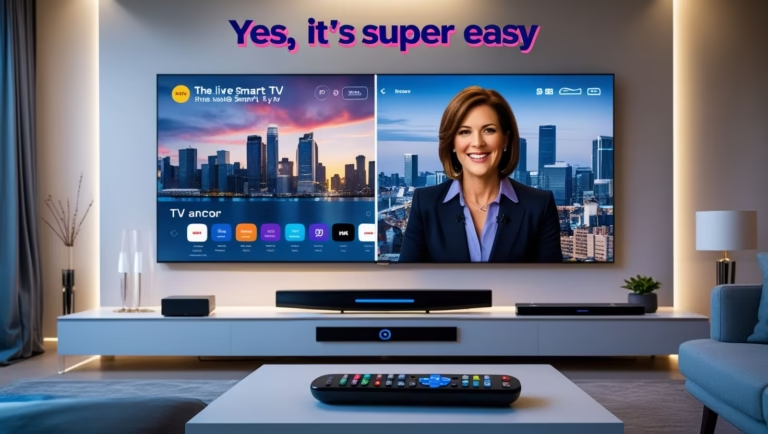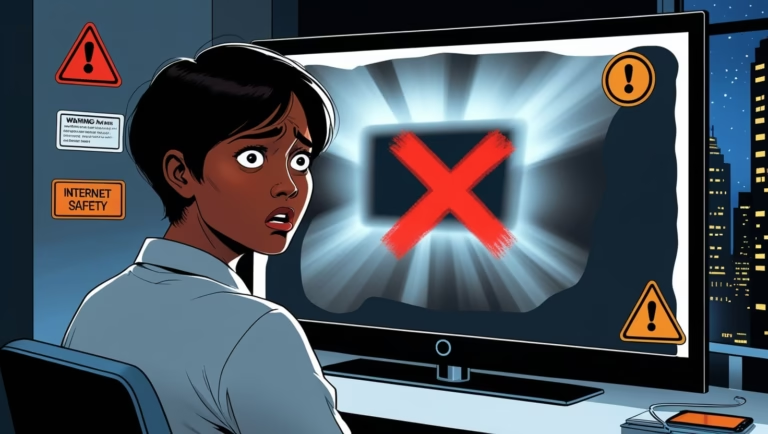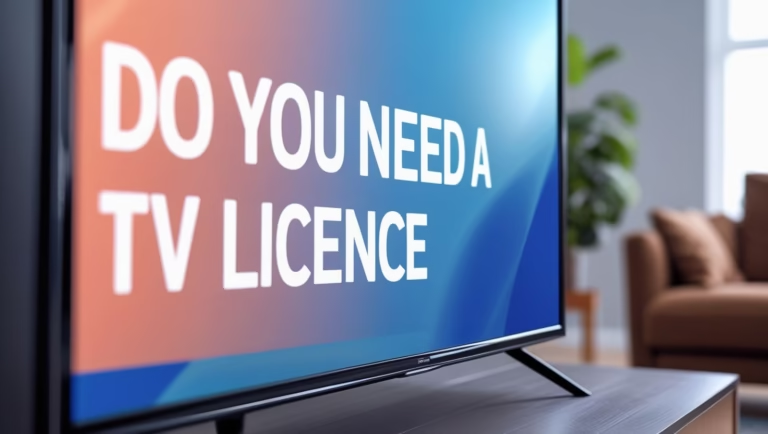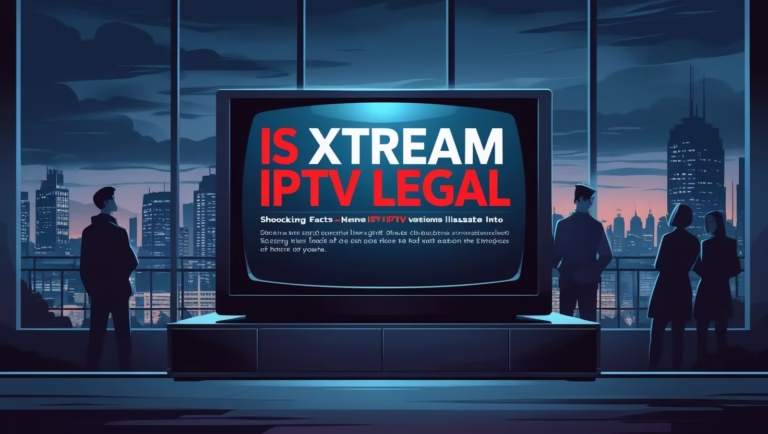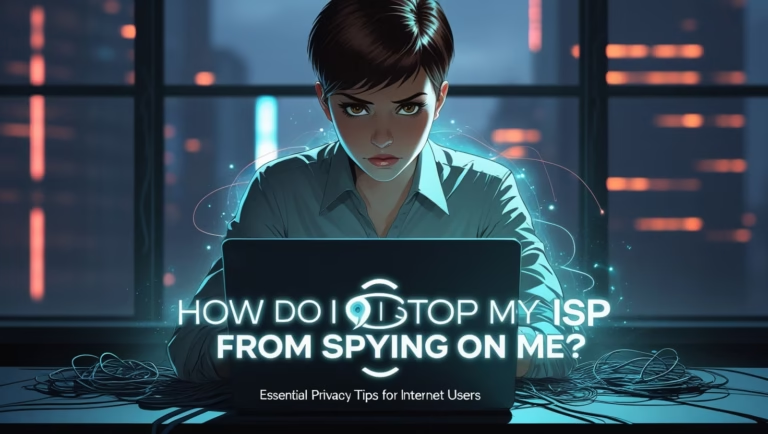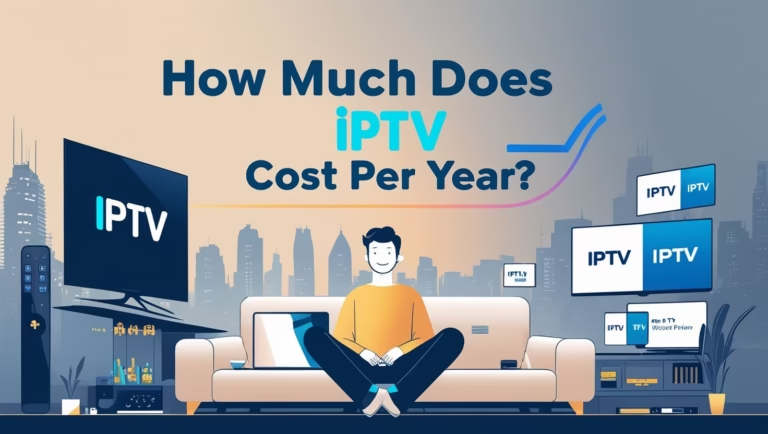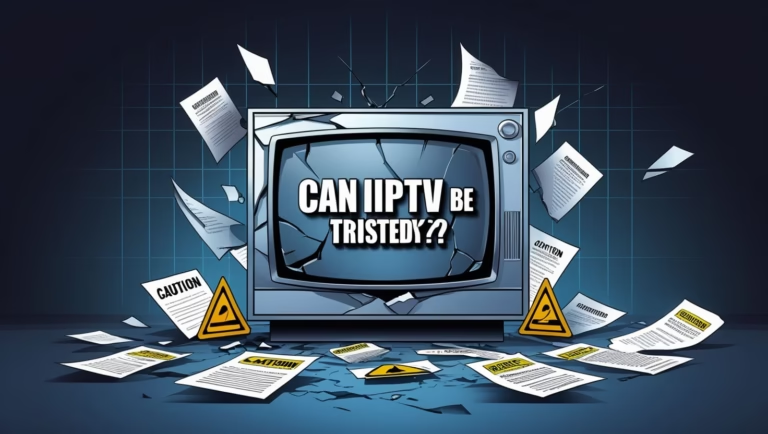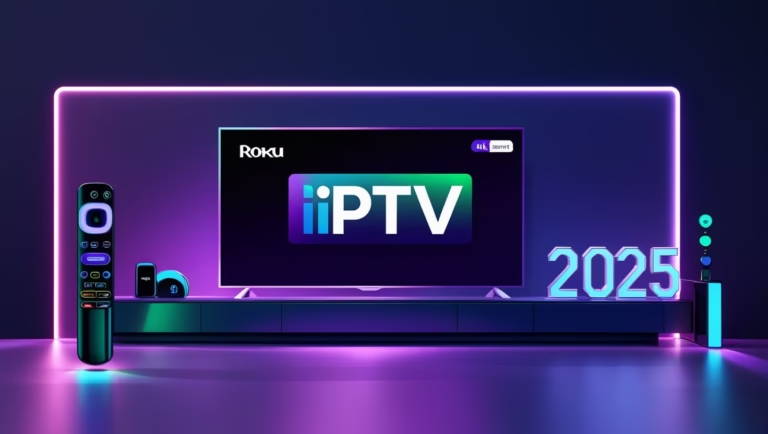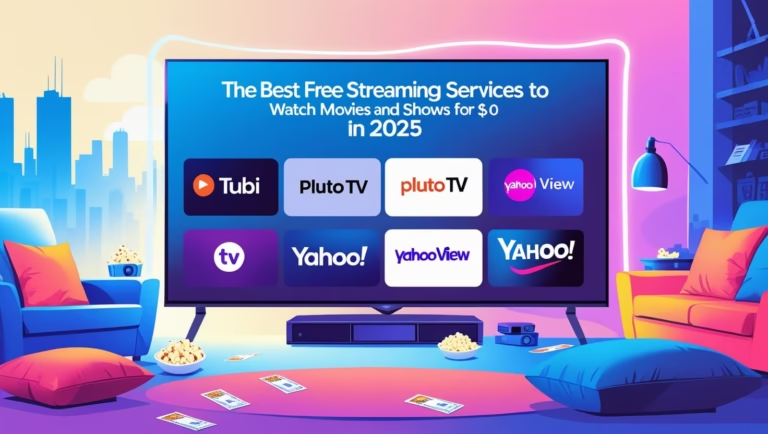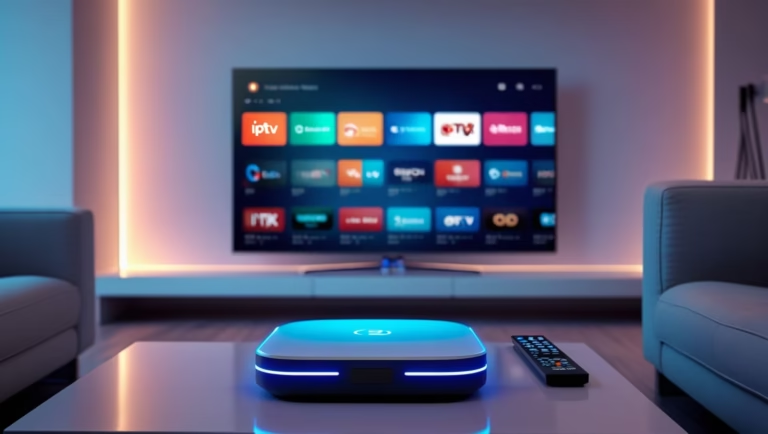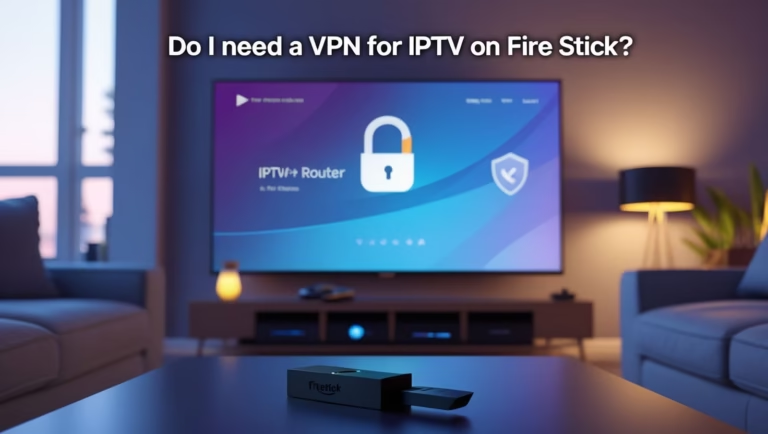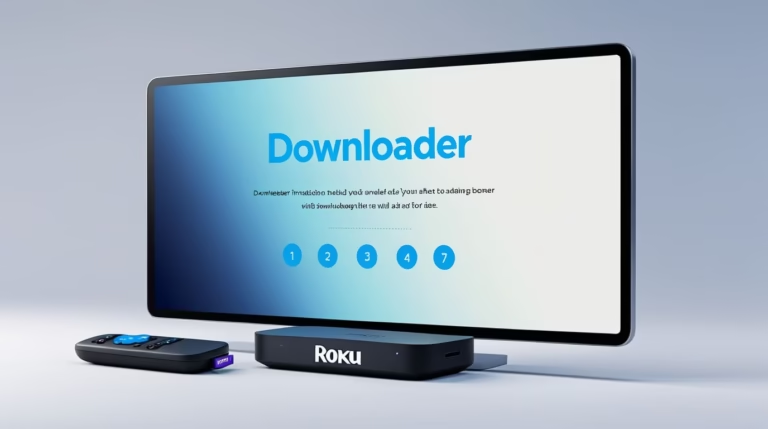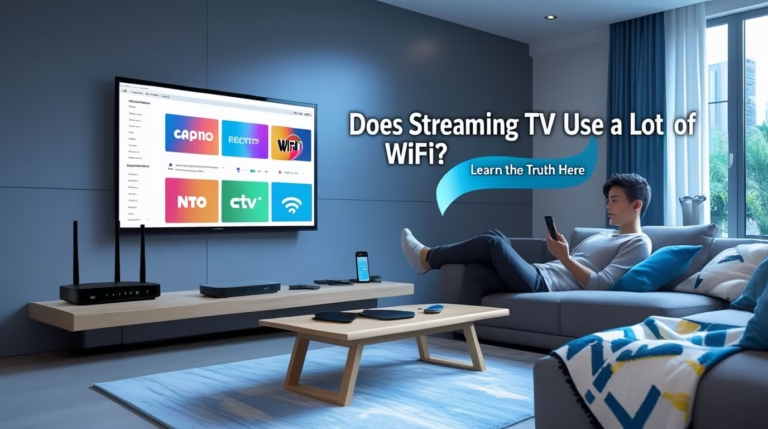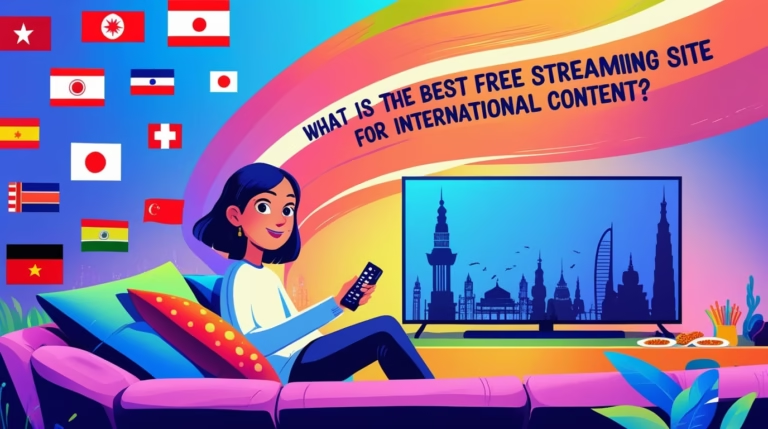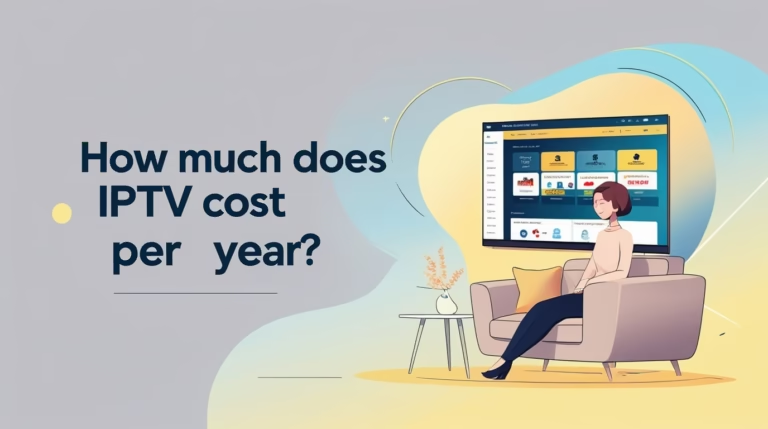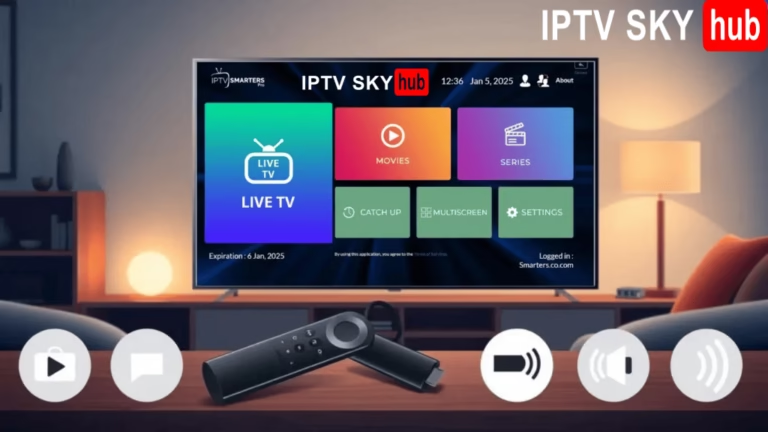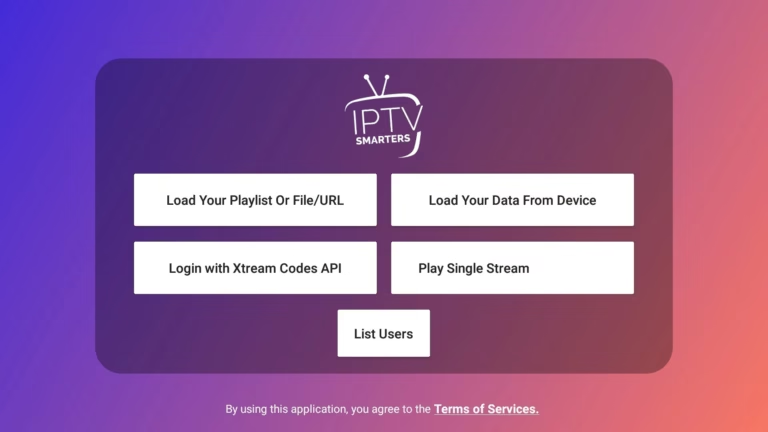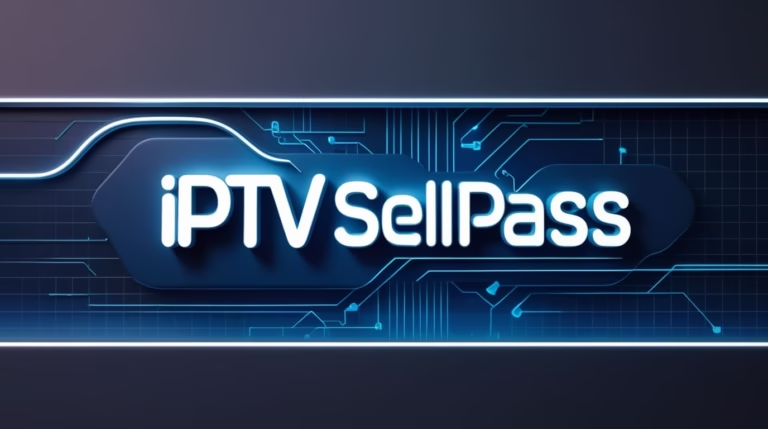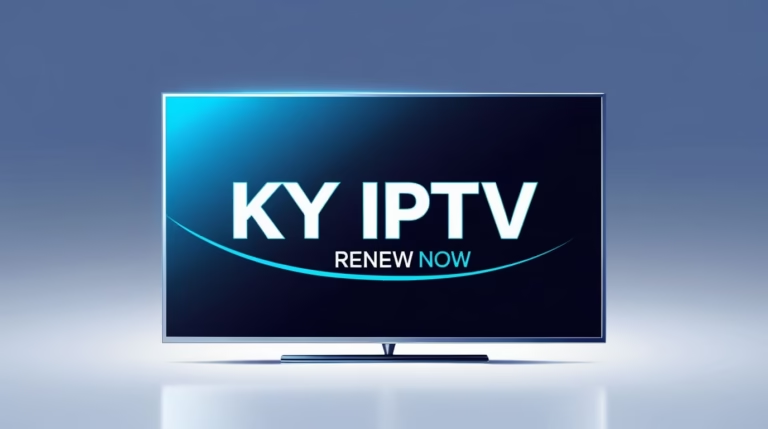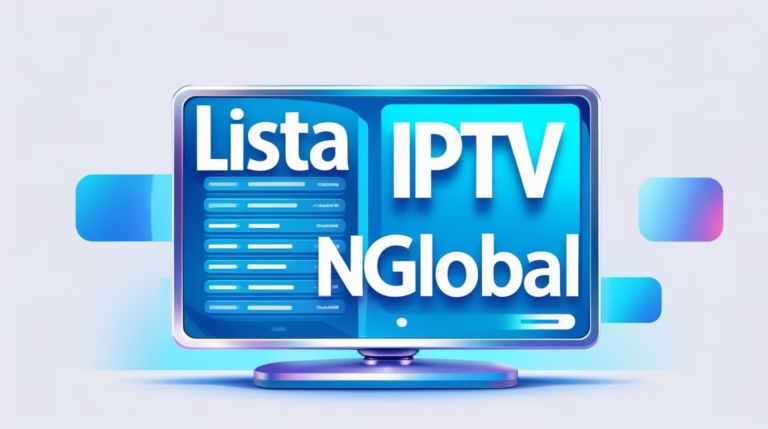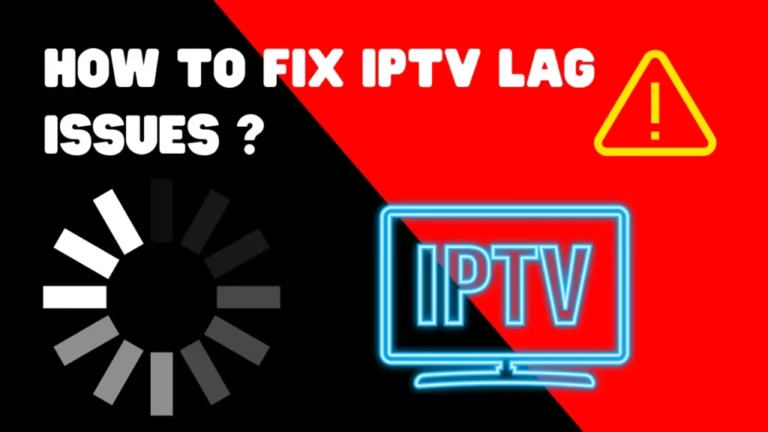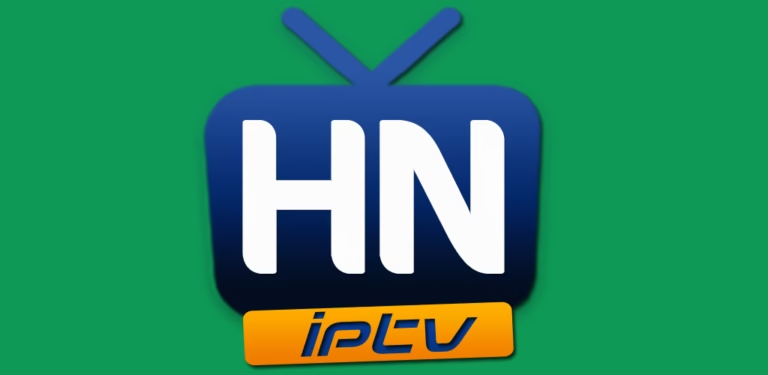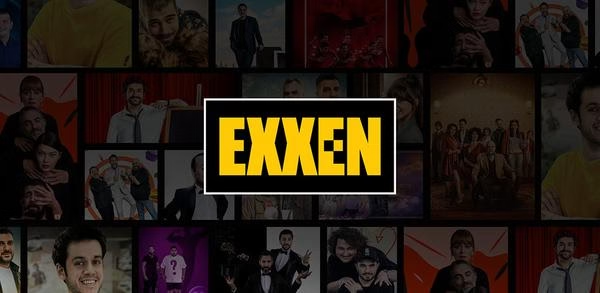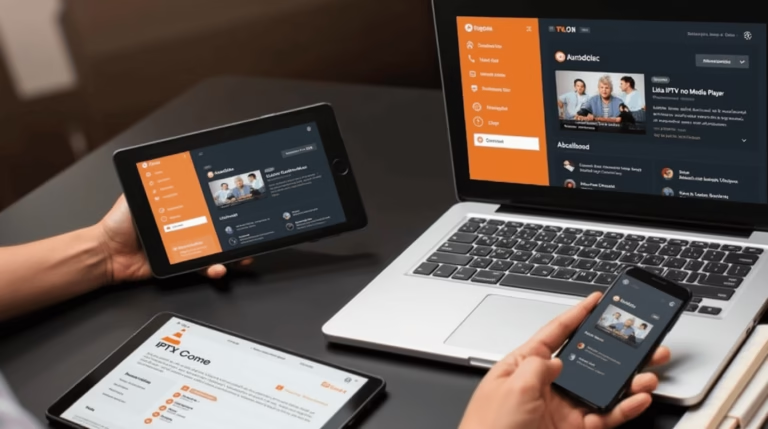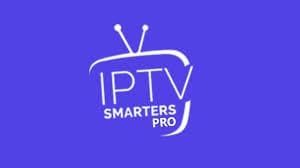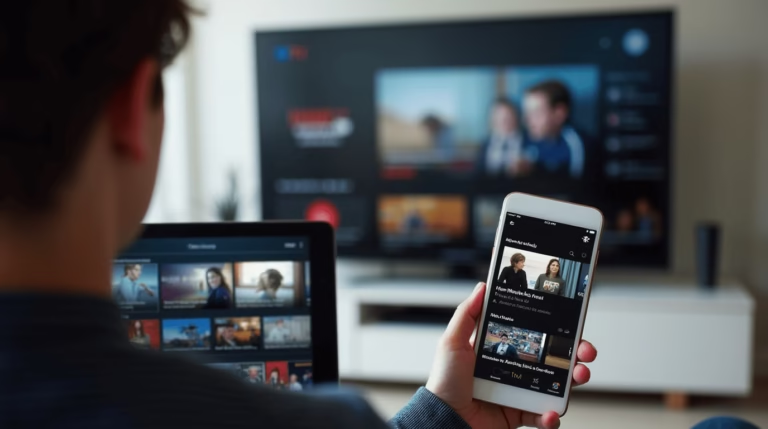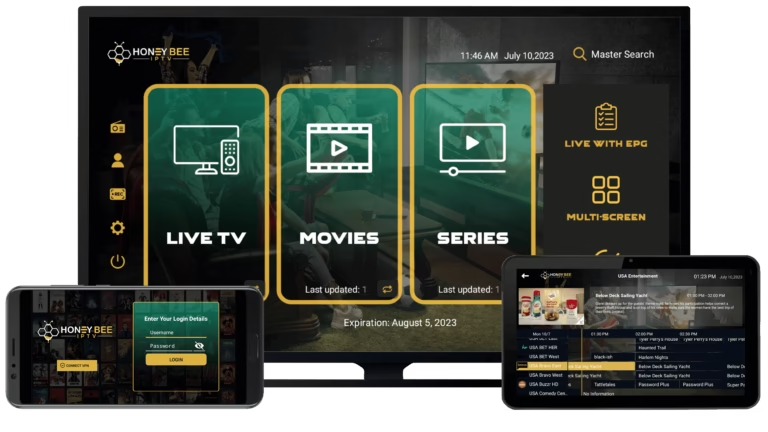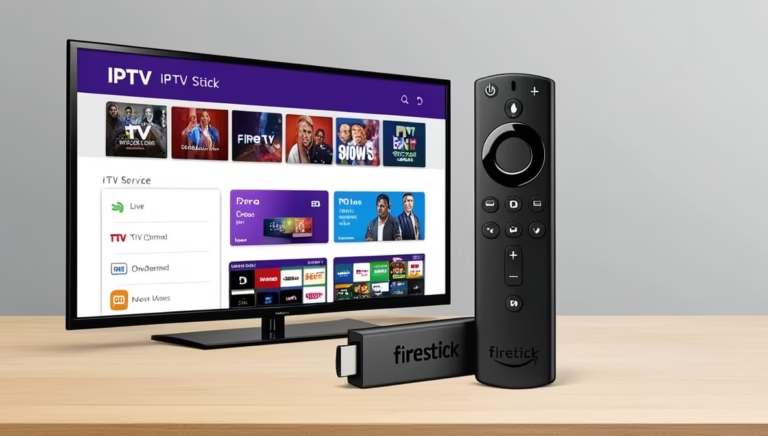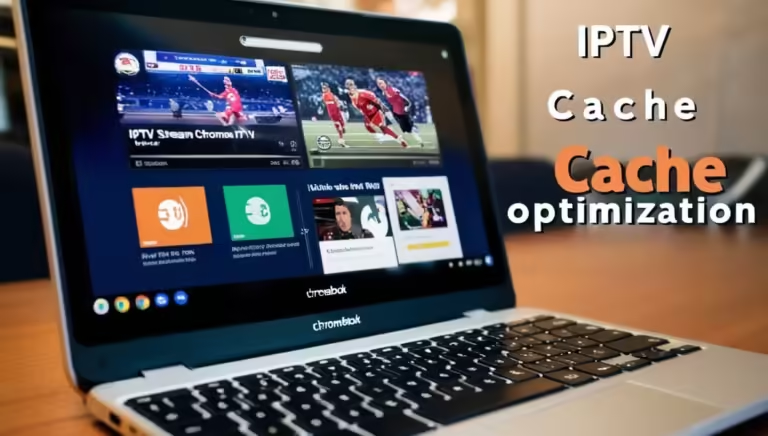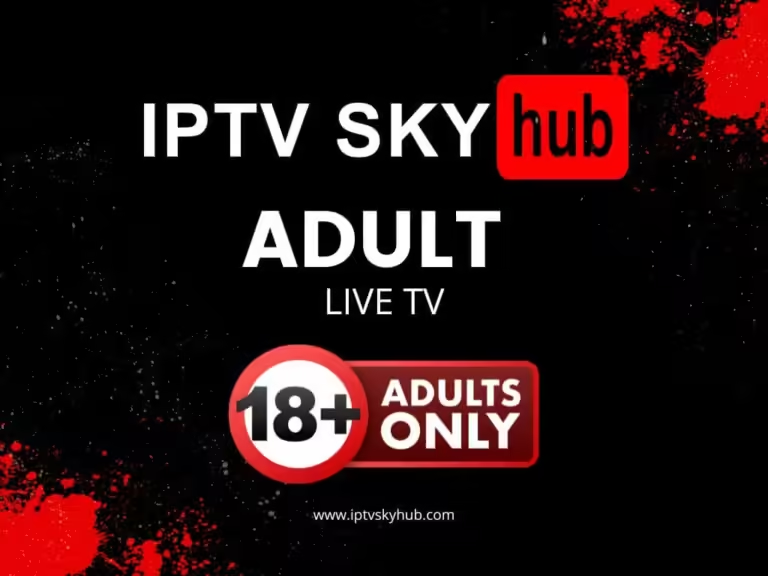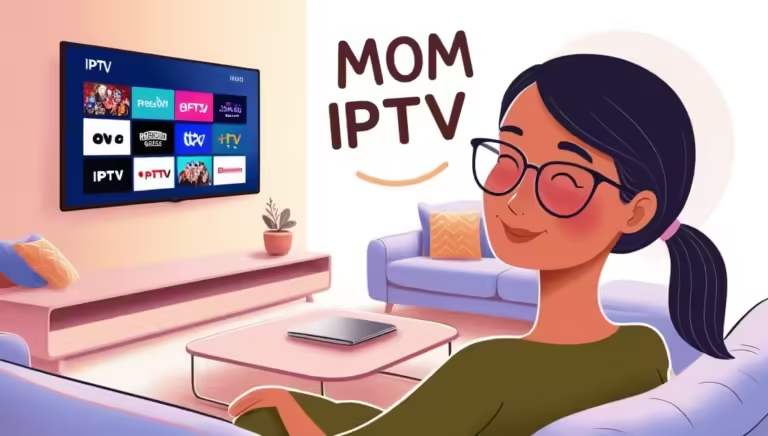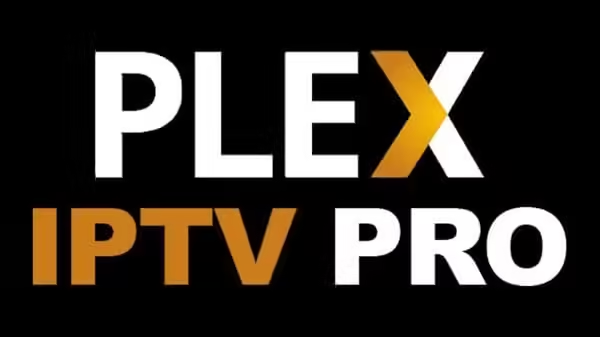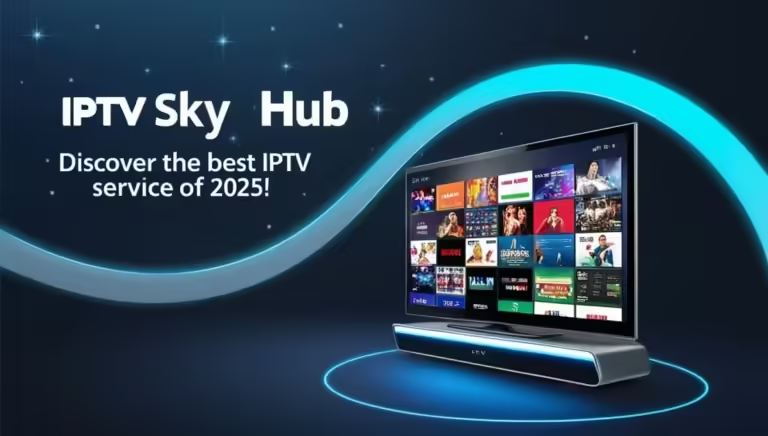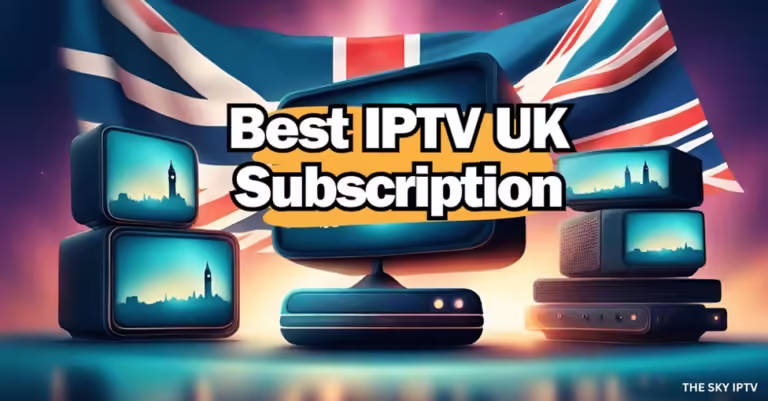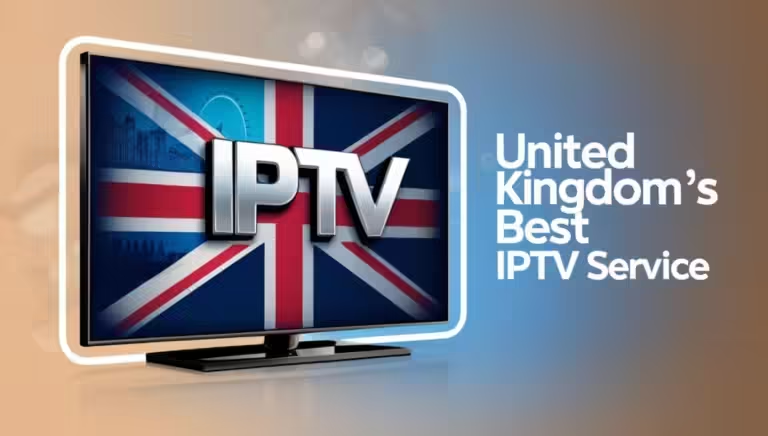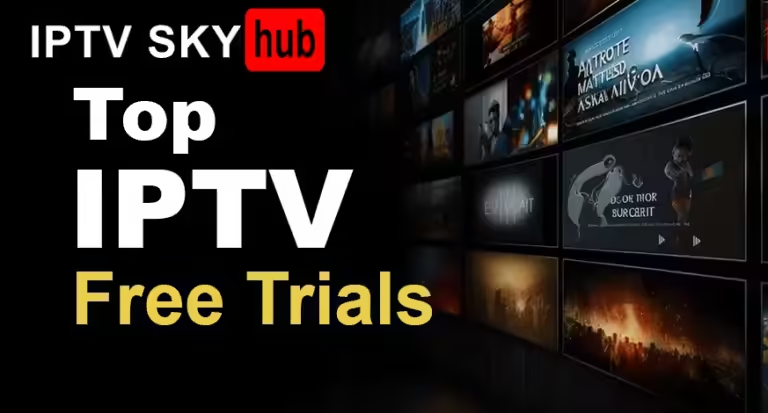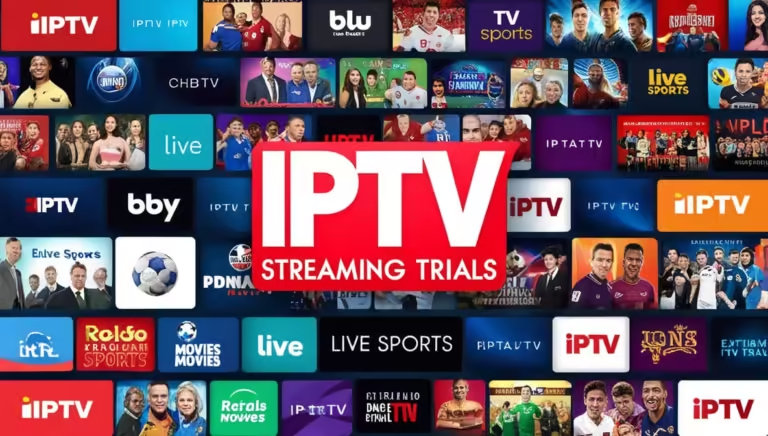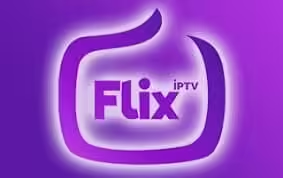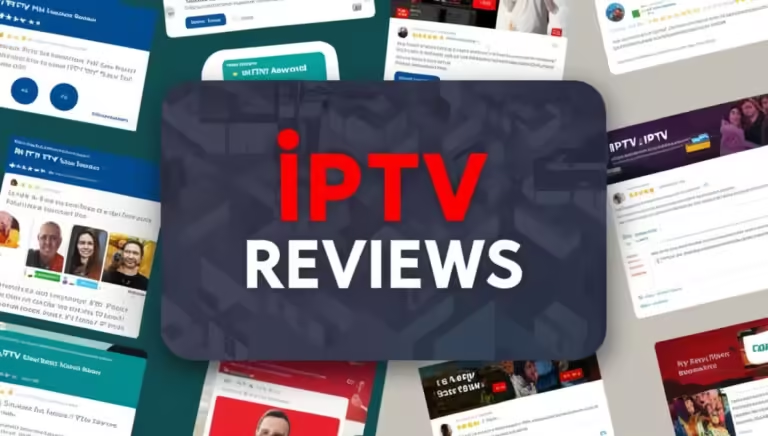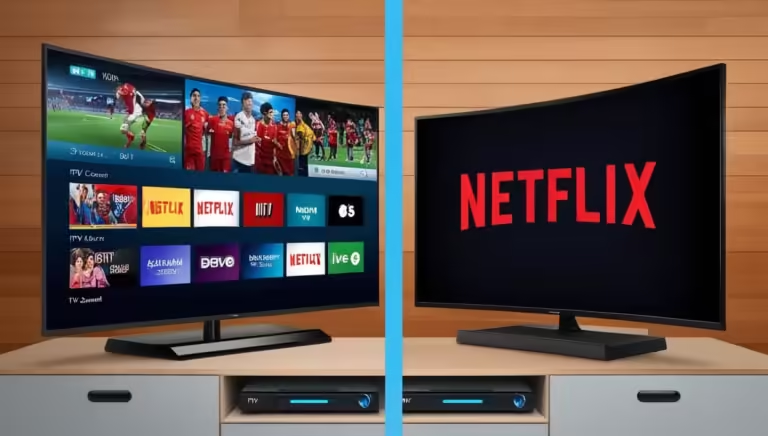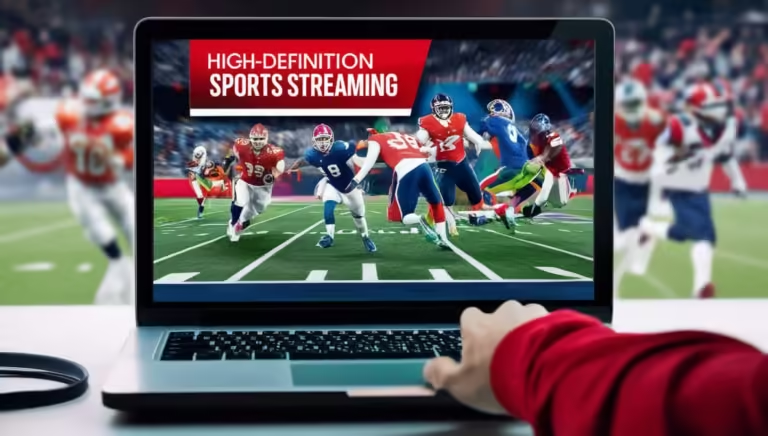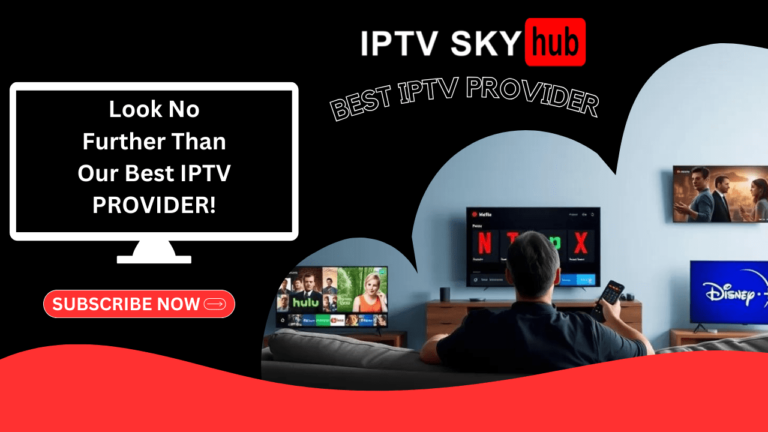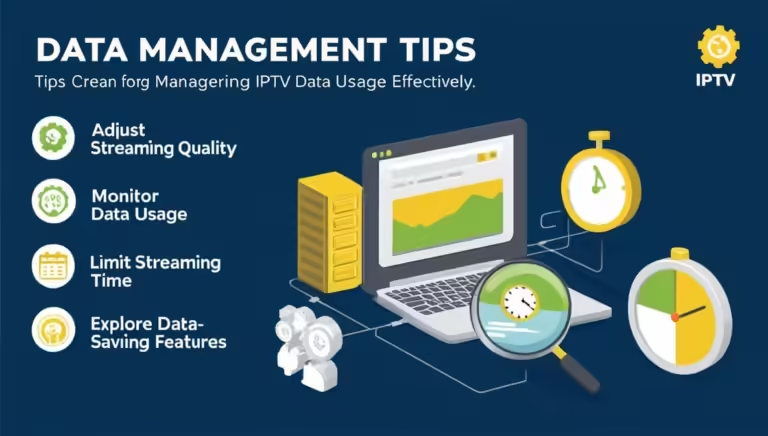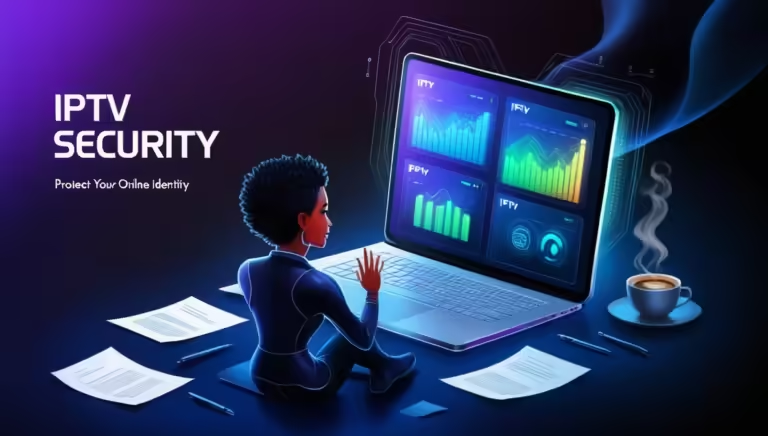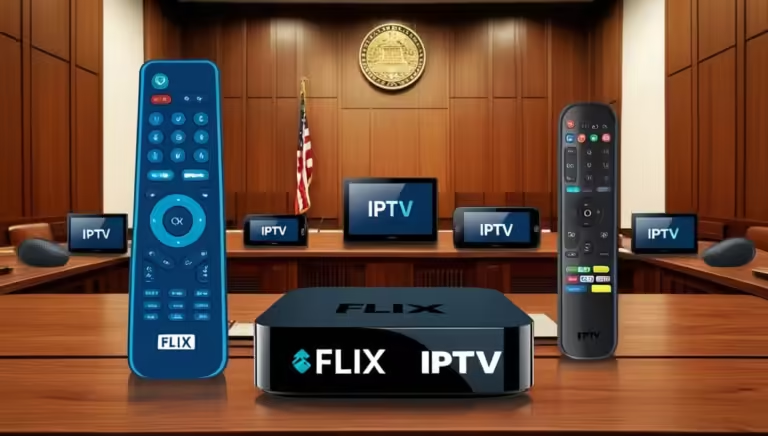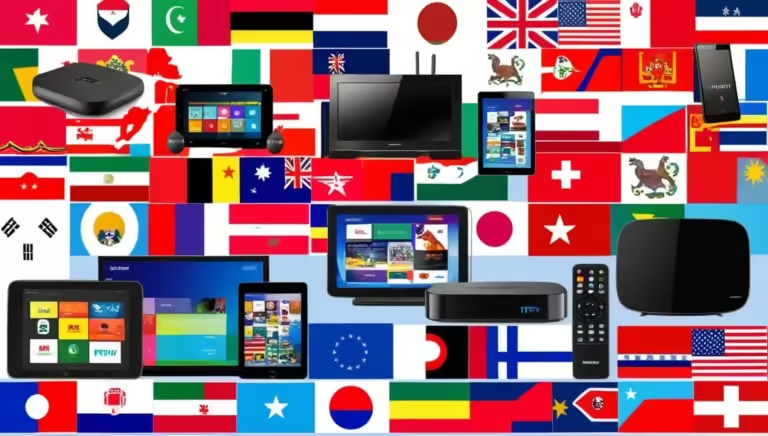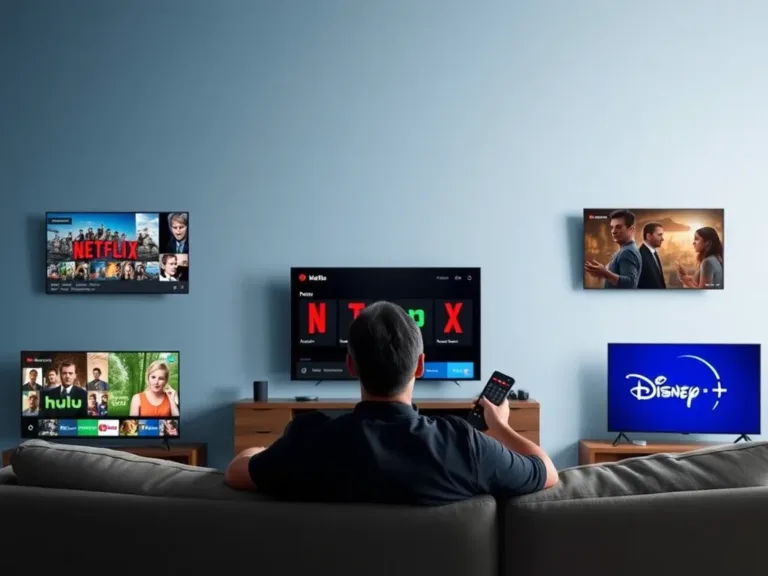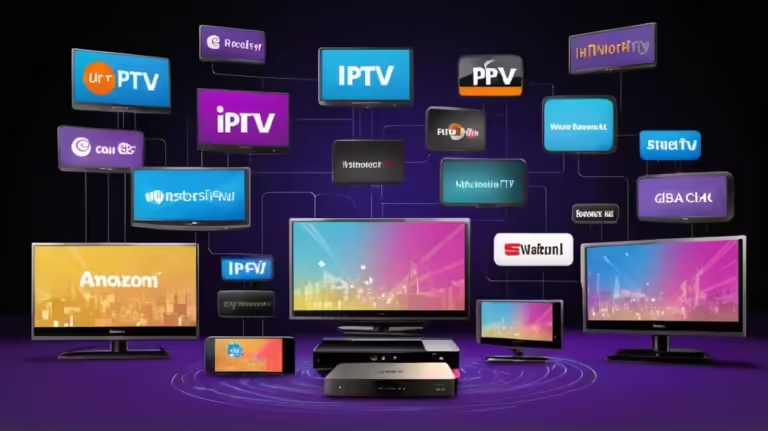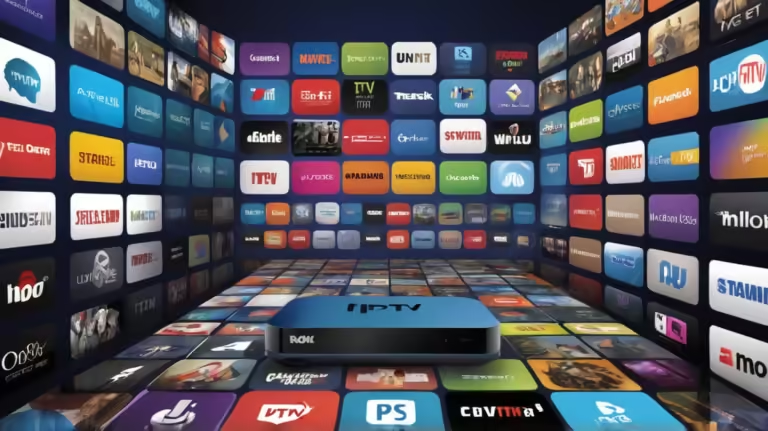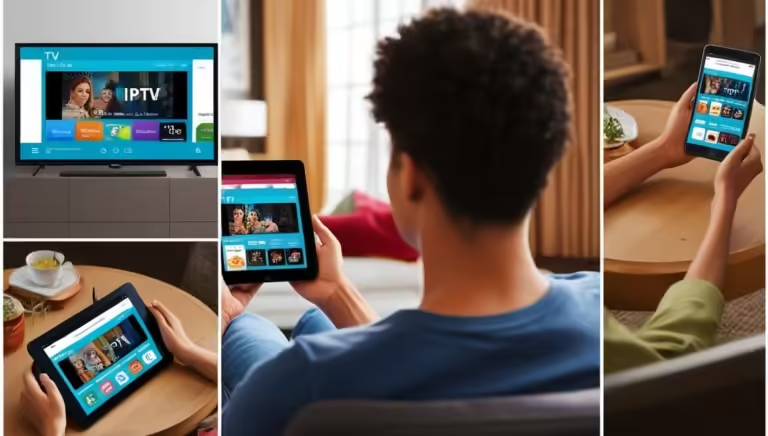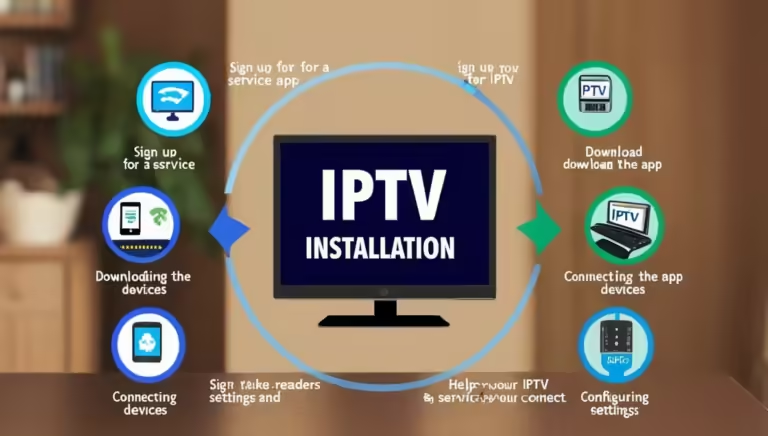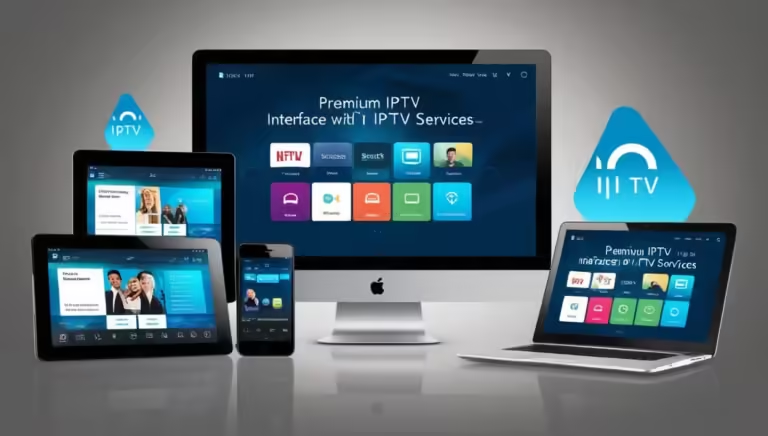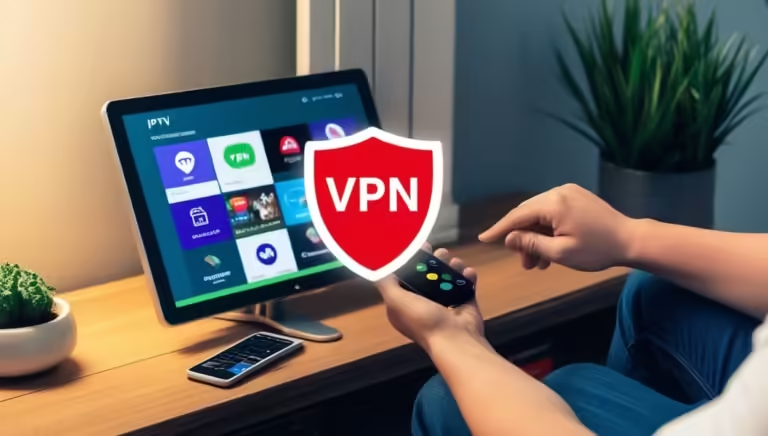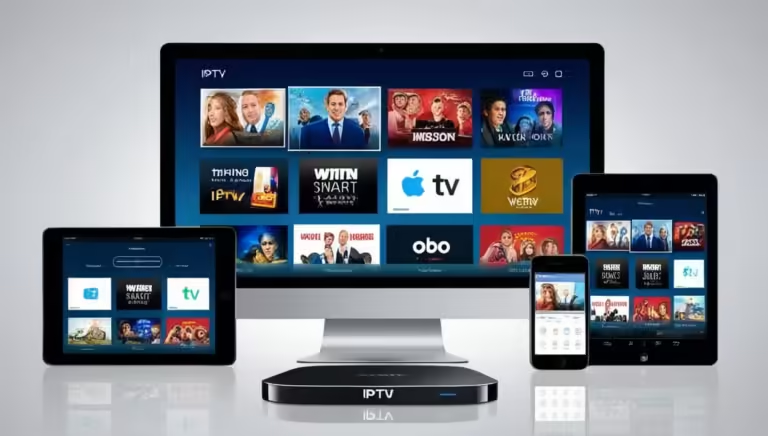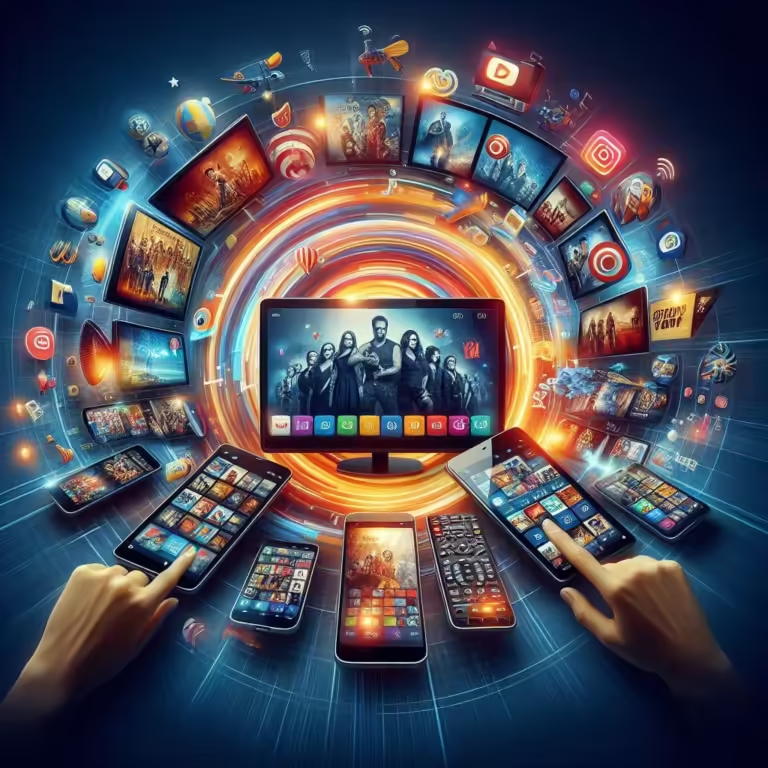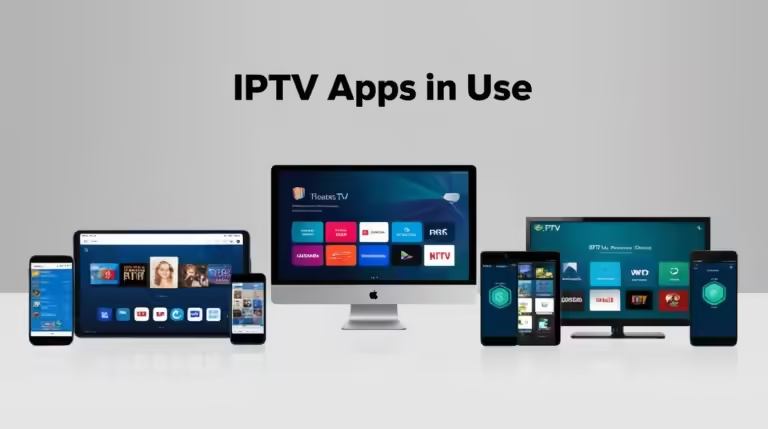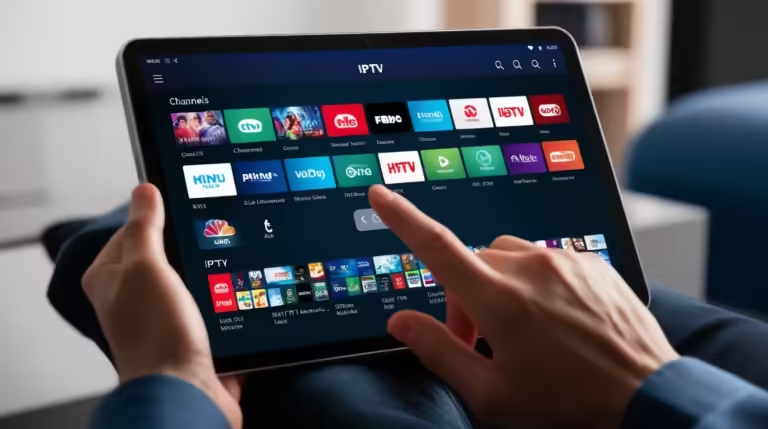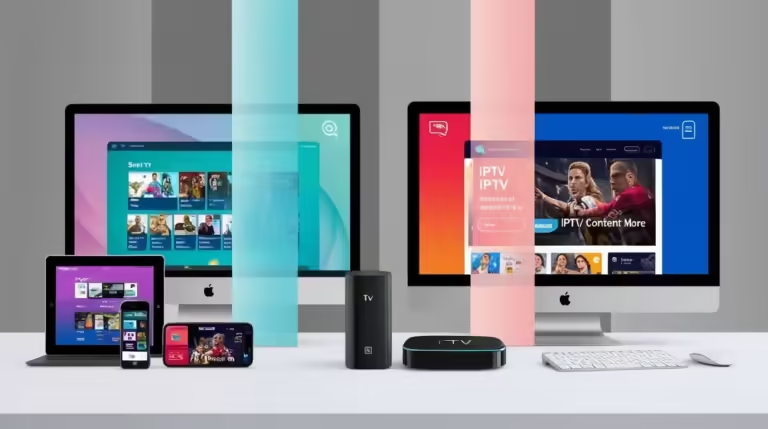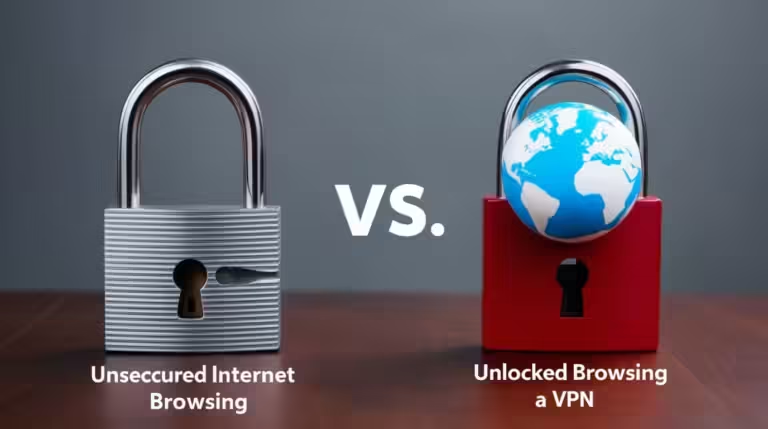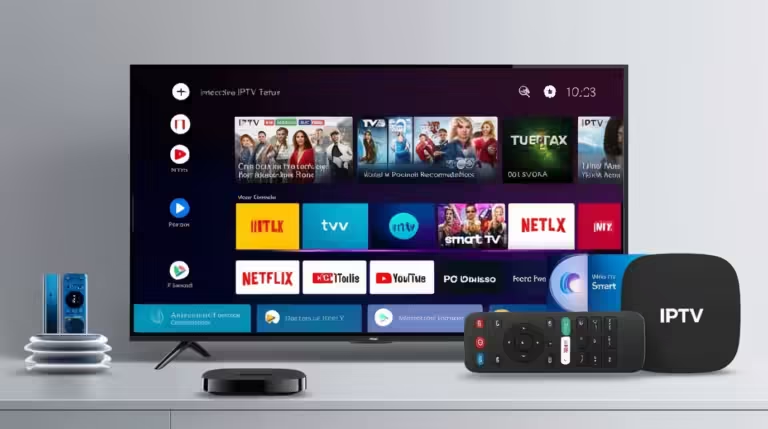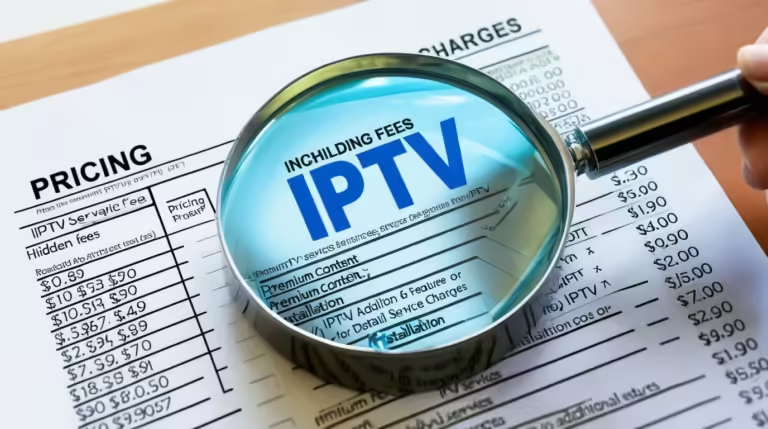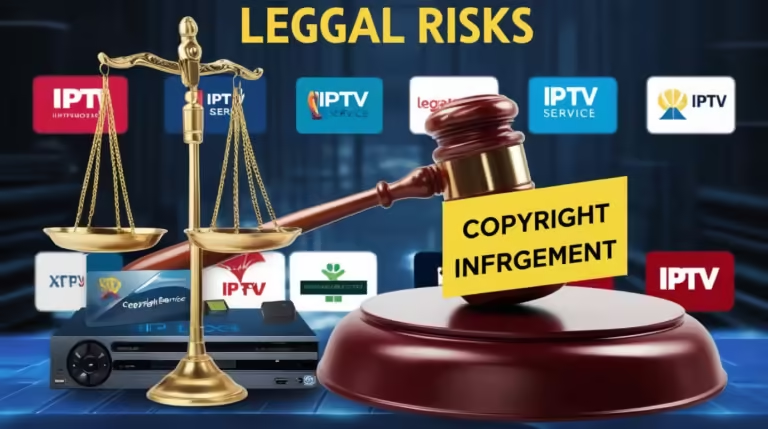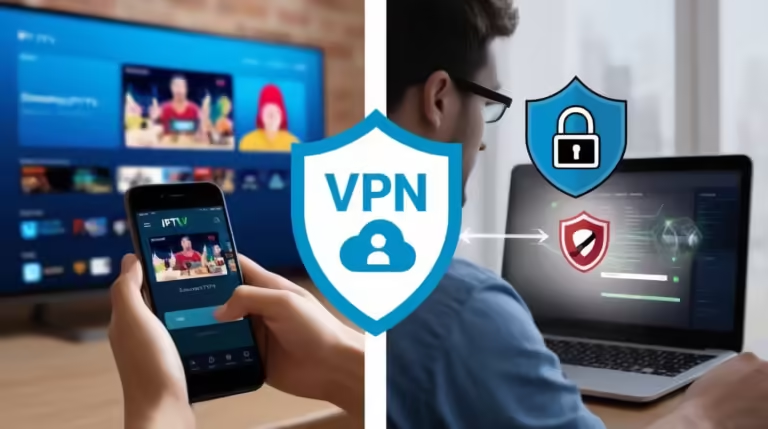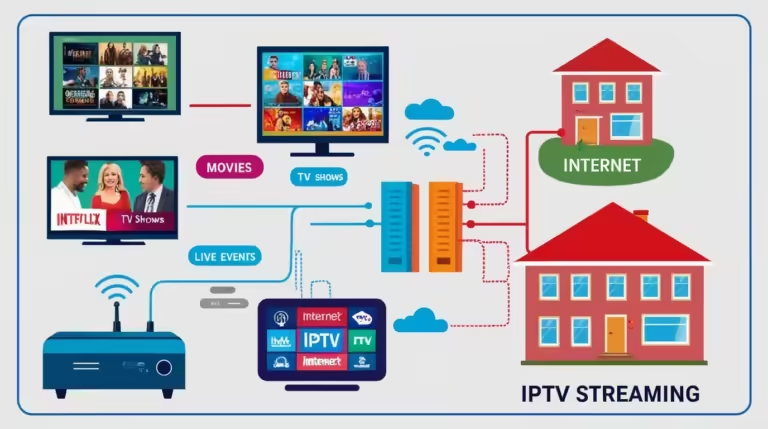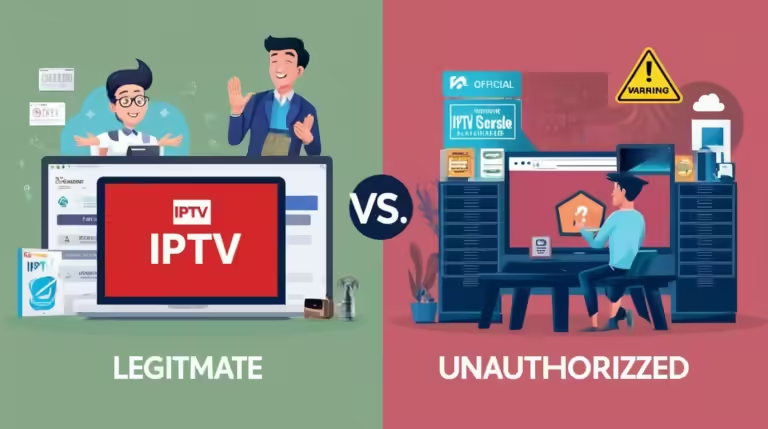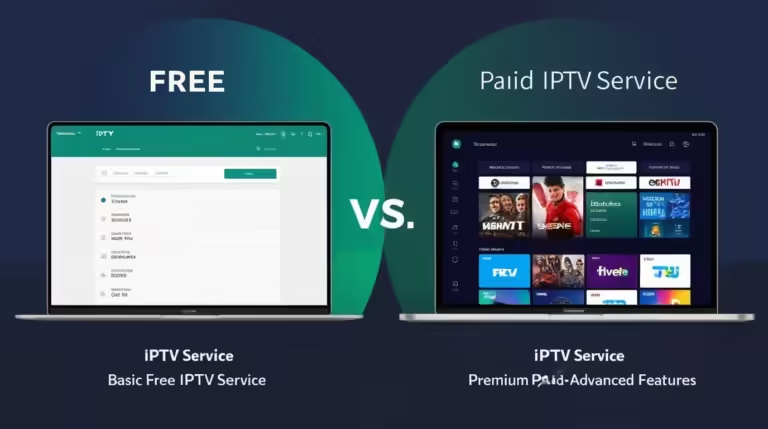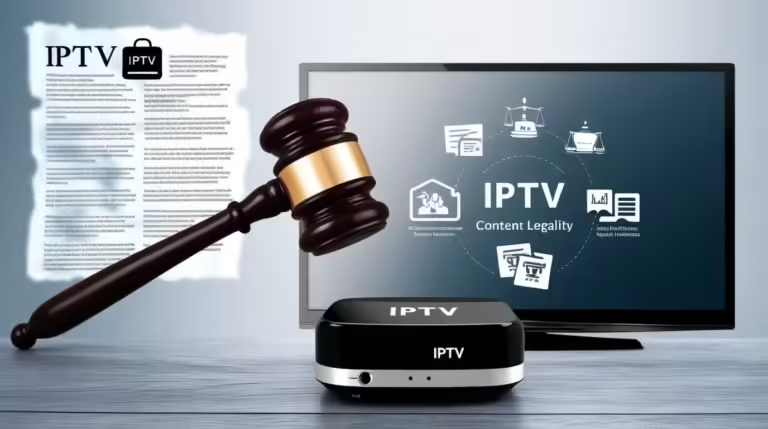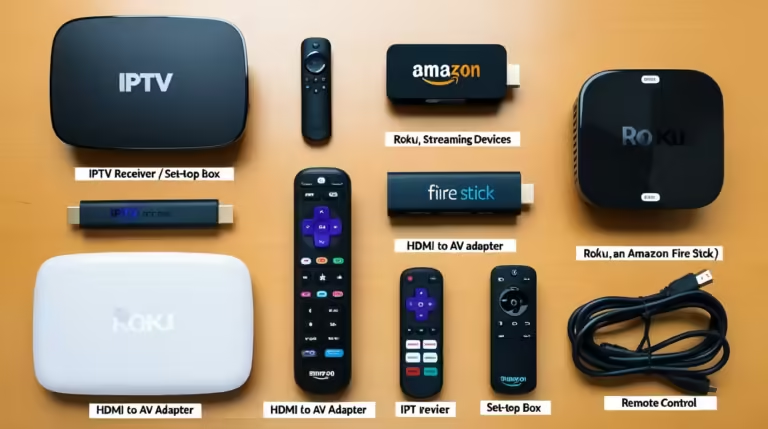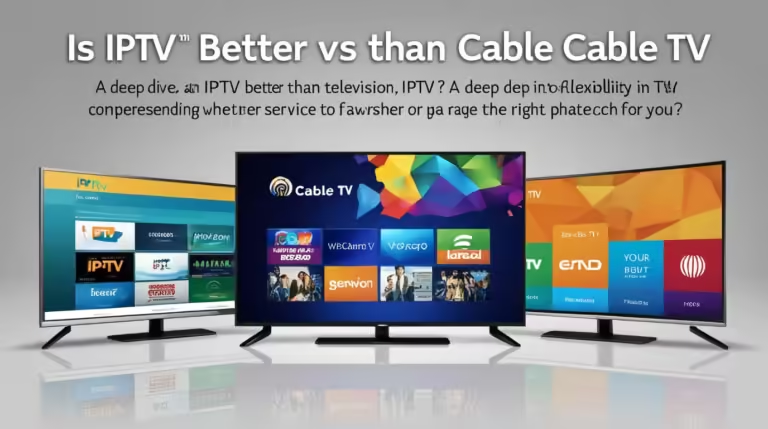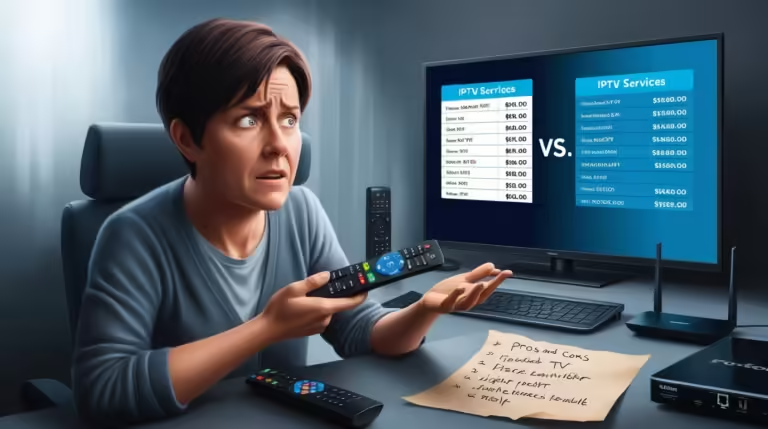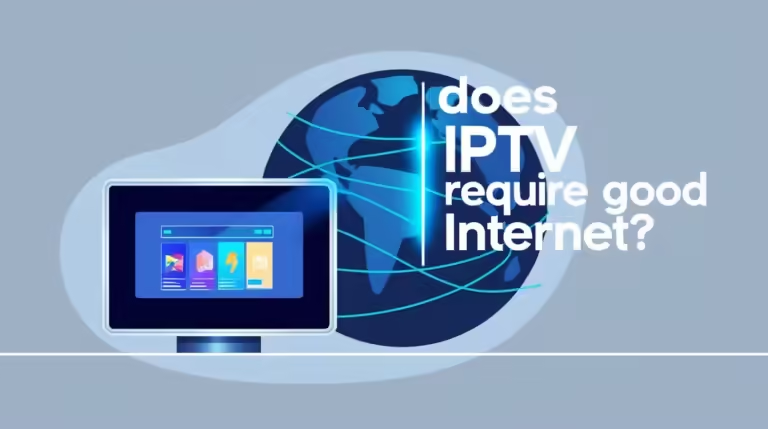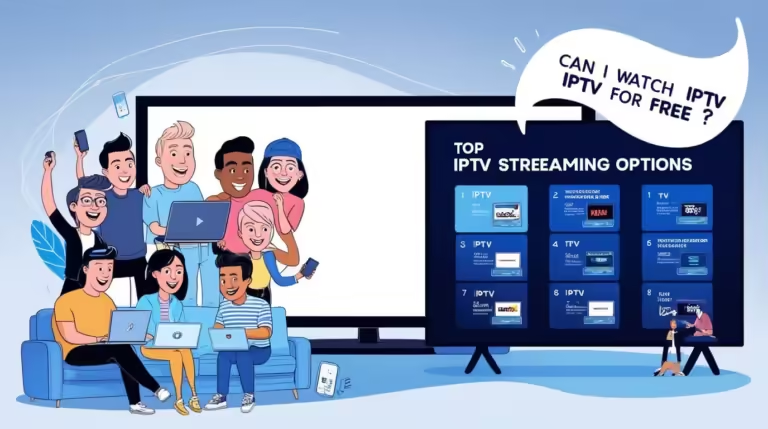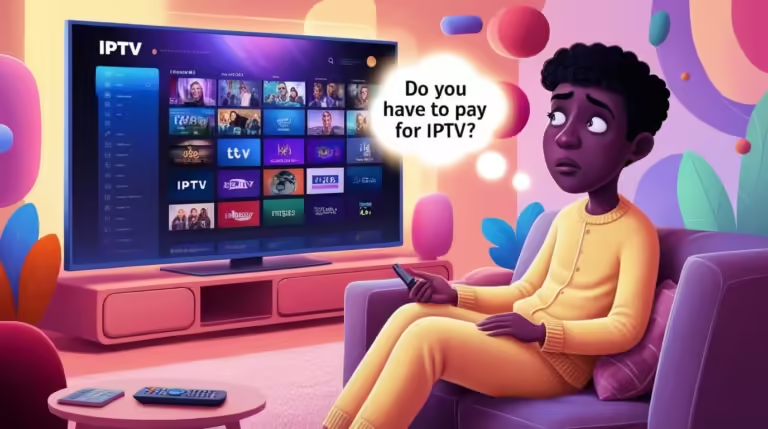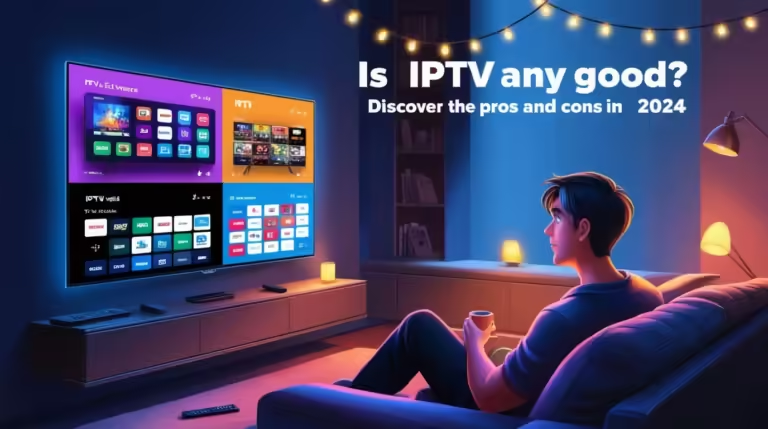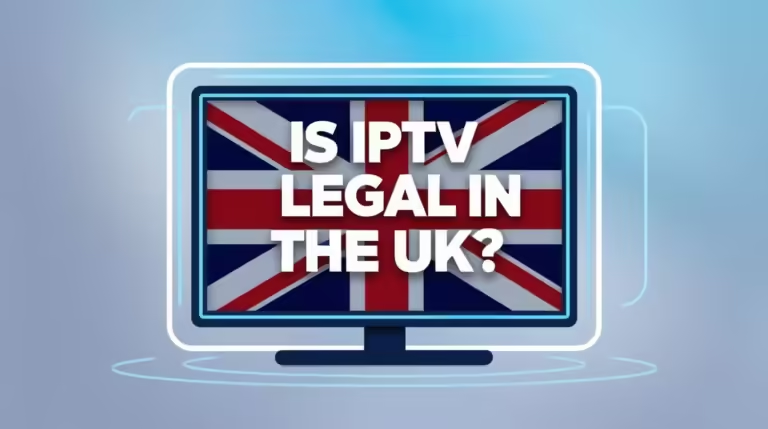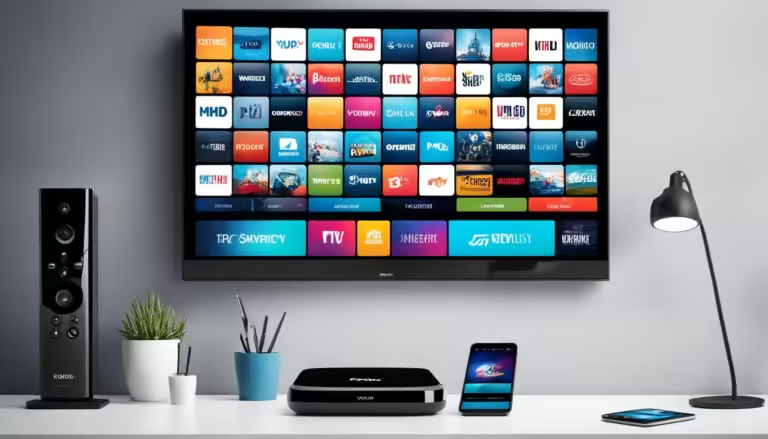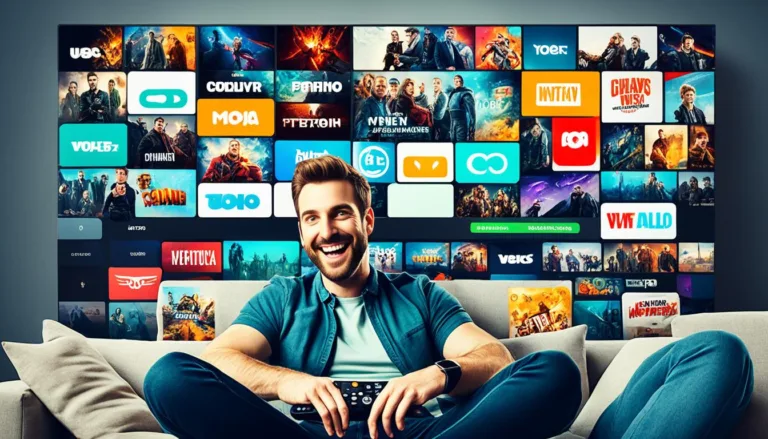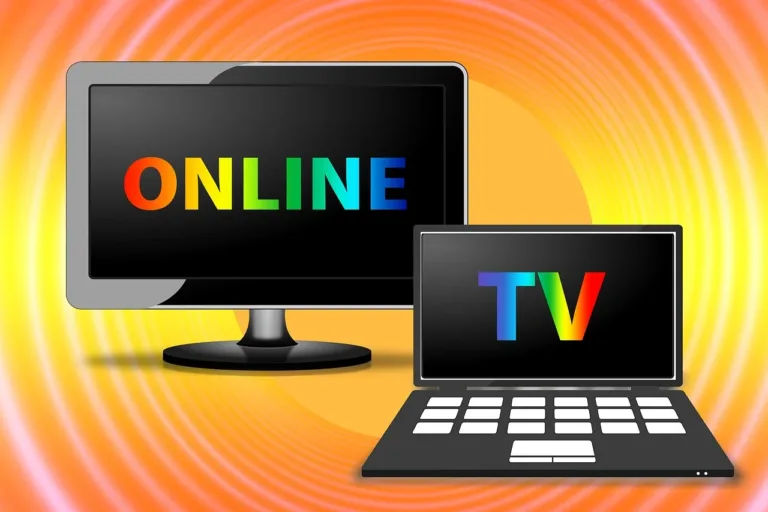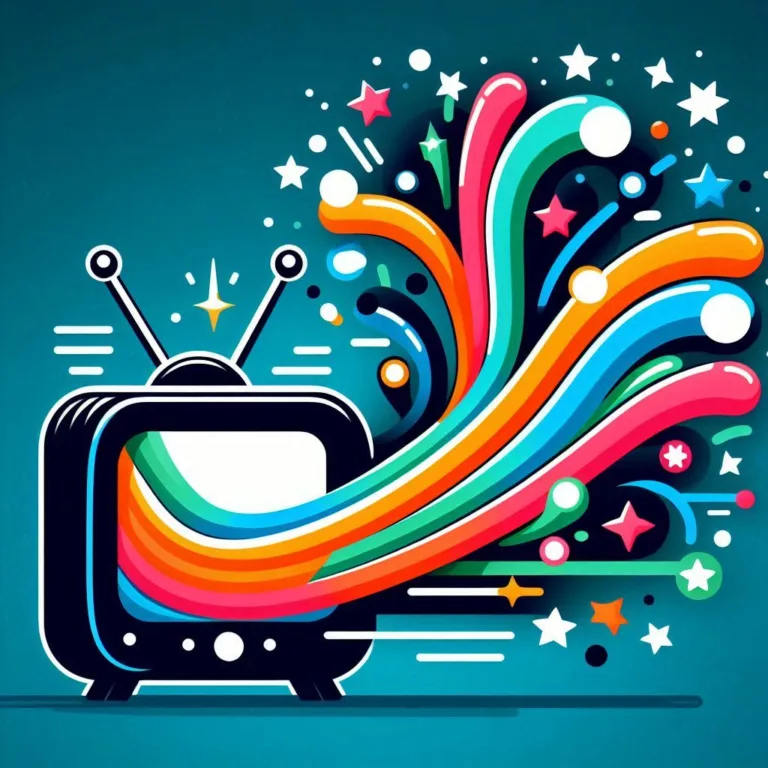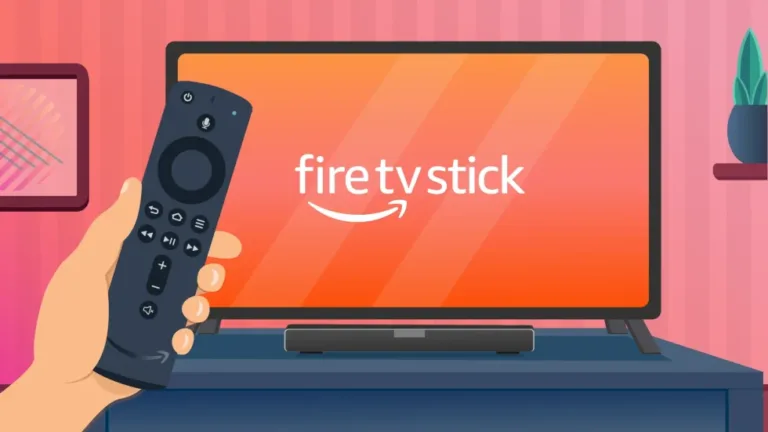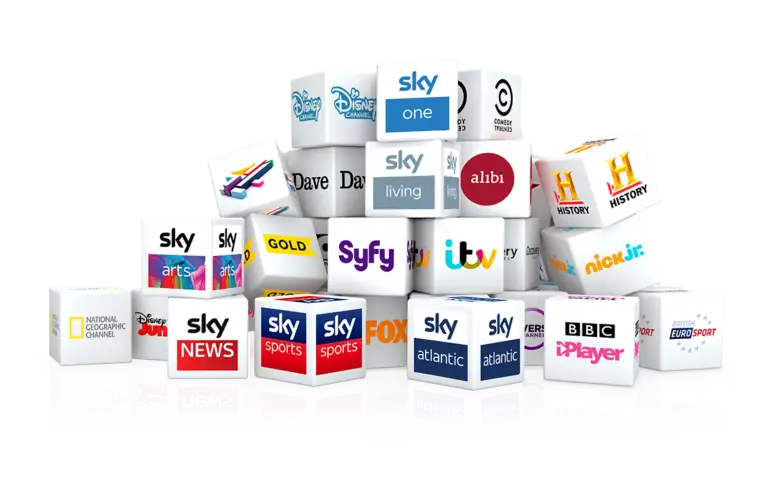Introduction
Over the past decade, the way we consume entertainment has undergone a massive transformation. Gone are the days when families gathered around the television set at a fixed hour to watch a show. Instead, today’s audiences stream what they want, when they want, and on whichever device suits them best. Streaming has become more than just a trend; it is now the dominant method of accessing movies, series, sports, music, and even live broadcasts. But with every innovation comes a trade-off. While the convenience of streaming is undeniable, it is not without challenges.
This article offers an in-depth look at The Pros and Cons of Streaming, breaking down its benefits and drawbacks across different dimensions. From comparing streaming to traditional cable, to analyzing its impact on costs, device compatibility, and even privacy, this guide will provide you with everything you need to understand before fully committing to streaming services. Whether you’re a casual viewer or a dedicated cord-cutter, knowing The Pros and Cons of Streaming can help you make smarter decisions about your entertainment habits.

The Pros and Cons of Streaming for Modern Viewers
Streaming has become the go-to choice for modern audiences because it aligns perfectly with today’s fast-paced lifestyles. Unlike traditional TV, which operates on fixed schedules, streaming platforms allow users to decide what to watch and when. This flexibility is one of the greatest advantages of streaming. But beyond convenience, there are also hidden drawbacks that viewers should consider.
Pros for Modern Viewers
- Convenience and Flexibility – Viewers are no longer bound by rigid TV schedules. Instead, they can watch episodes, movies, or live streams at any time of day, making streaming ideal for people with busy lifestyles.
- Content Variety – From niche documentaries to blockbuster films, streaming platforms cater to diverse tastes. Global access also means audiences can enjoy international content that cable networks often ignore.
- Personalization – Algorithms track viewing habits and suggest content tailored to individual preferences, making it easier to discover new favorites.
- Ad-Free Options – Many services offer premium, ad-free subscriptions, ensuring uninterrupted viewing experiences.
- Portability – With smartphones, tablets, and laptops, viewers can stream content on the go, whether traveling, commuting, or relaxing at home.
Cons for Modern Viewers
- Content Overload – With so many streaming platforms available, it’s easy to feel overwhelmed by choice. Viewers may spend more time deciding what to watch than actually watching.
- Subscription Fatigue – Juggling multiple services (Netflix, Hulu, Disney+, Prime Video, etc.) can quickly add up, sometimes exceeding the cost of traditional cable.
- Internet Dependence – Without a stable, high-speed internet connection, streaming becomes frustrating with buffering, lag, and lower video quality.
- Fragmentation of Content – Exclusive deals mean your favorite shows might be spread across several services, forcing you to subscribe to more platforms.
- Short-Lived Content Availability – Titles frequently disappear due to licensing agreements, leaving viewers disappointed when a show they love suddenly vanishes.
For modern audiences, The Pros and Cons of Streaming reflect the tension between convenience and complexity. While it offers unmatched flexibility, the challenges of cost, fragmentation, and reliance on the internet are becoming more pronounced.
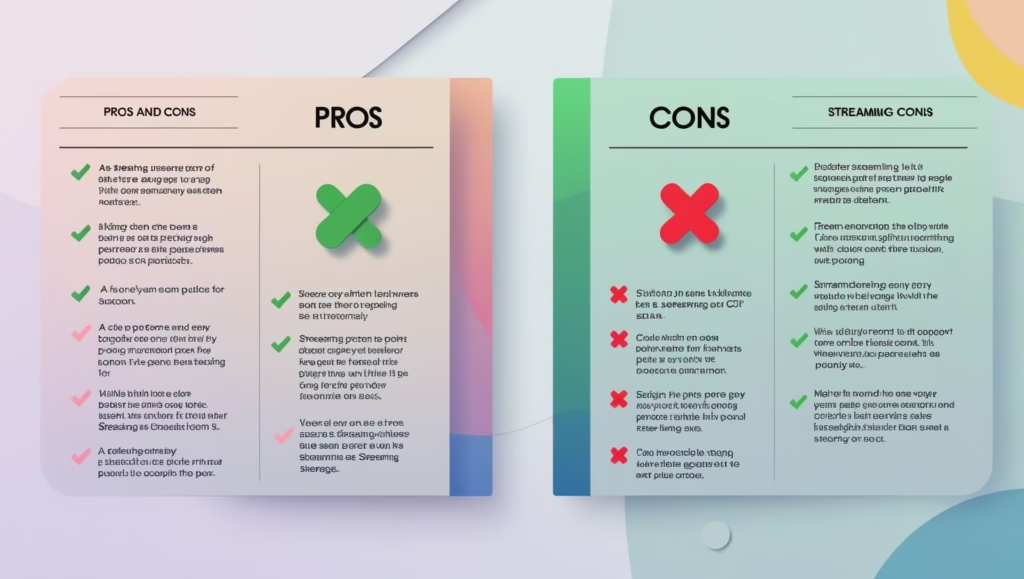
The Pros and Cons of Streaming vs. Traditional Cable
When comparing streaming to traditional cable, the differences are stark. Streaming represents freedom and personalization, while cable represents reliability and bundled services. Both options still have their place, but each comes with strengths and weaknesses.
Pros of Streaming Over Cable
- On-Demand Viewing – Streaming eliminates waiting for scheduled broadcasts, allowing you to binge-watch entire seasons at your own pace.
- No Long-Term Contracts – Most streaming platforms operate on monthly subscriptions, which are easy to start or cancel without penalties.
- Device Flexibility – Unlike cable, which is limited to TVs, streaming can be accessed on multiple devices.
- Innovative Content – Streaming platforms invest heavily in original productions, often pushing creative boundaries beyond traditional cable programming.
- Cheaper Entry Point – For light users, a single streaming subscription can be significantly cheaper than a full cable package.
Cons of Streaming Compared to Cable
- Reliance on Internet – Cable TV works regardless of internet speed, making it more dependable in areas with poor connectivity.
- Hidden Costs – Multiple subscriptions may exceed cable’s flat monthly fee.
- Live Content Limitations – Cable still holds an edge in offering live sports and news in real time with fewer delays.
- Quality and Stability – Cable connections are less prone to buffering compared to unstable internet-based streaming.
- Channel Bundling – Cable packages, although sometimes bloated, can include a broad range of channels in one payment, reducing fragmentation.
In comparing The Pros and Cons of Streaming vs. Traditional Cable, it’s clear that streaming wins on personalization and flexibility, but cable retains value in reliability, live content, and bundled simplicity.
The Pros and Cons of Streaming On-Demand and Live Content
Streaming services today offer two main types of experiences: on-demand content and live streaming. Each caters to different preferences and comes with distinct advantages and disadvantages.
Pros of On-Demand Streaming
- Watch what you want, when you want.
- Perfect for binge-watching series.
- Greater variety, including niche genres and international productions.
- Download options for offline viewing.
Cons of On-Demand Streaming
- Delayed access to some shows compared to live broadcasts.
- Expiring content due to licensing agreements.
- Less community engagement since viewers don’t watch simultaneously.
Pros of Live Streaming
- Real-time access to sports, concerts, and news.
- Shared viewing experiences—great for community engagement and social media interaction.
- Increasingly available across different platforms, from YouTube to Twitch to live sports apps.
Cons of Live Streaming
- Dependent on strong internet connections to avoid lag.
- Time-zone restrictions can still apply.
- Lower production value in some live streams compared to polished, pre-recorded content.
When weighing The Pros and Cons of Streaming On-Demand and Live Content, it’s clear that on-demand streaming dominates convenience, while live streaming fulfills the need for real-time engagement.
The Pros and Cons of Streaming in Terms of Cost and Value
At first glance, streaming appears cheaper than traditional TV. But as more platforms emerge, costs can escalate quickly. Understanding both sides of this equation is crucial.
Pros
- Affordable Starting Point – A single subscription can cost as little as $5–$15 monthly.
- Choice-Based Spending – Users only pay for the services they value, unlike bundled cable packages.
- Frequent Free Trials – Many platforms offer free trials, lowering entry barriers.
- Family Plans – Shared accounts make streaming cost-effective for households.
- No Equipment Fees – Unlike cable, no special hardware rentals are required beyond an internet connection.
Cons
- Subscription Pile-Up – Having multiple services quickly surpasses the cost of cable.
- Price Hikes – Many platforms have steadily increased subscription prices over time.
- Add-On Costs – Premium channels or live sports often require extra payments.
- Regional Restrictions – Some content may be locked behind geo-blocks, requiring VPNs to access.
- Hidden Internet Costs – High-speed internet is essential, and that cost must be factored in.
The Pros and Cons of Streaming in Terms of Cost and Value reveal that while streaming starts affordable, sustaining a comprehensive entertainment lineup can be just as expensive—or more—than traditional TV.
The Pros and Cons of Streaming Across Devices and Platforms
One of streaming’s greatest appeals is its multi-device compatibility. From smart TVs to phones and gaming consoles, streaming adapts to different lifestyles. But cross-platform streaming also brings some hurdles.
Pros
- Universal Access – Stream anywhere on multiple devices.
- Cross-Platform Syncing – Start a show on your TV and finish it on your phone.
- App Ecosystem – Apps integrate with other services, enhancing functionality.
- Offline Options – Mobile apps allow downloads for travel or commutes.
- Smart Features – Voice assistants, watchlists, and recommendations improve usability.
Cons
- Device Limitations – Some services restrict the number of simultaneous streams.
- Inconsistent App Quality – Experiences can differ greatly between devices.
- Update Fatigue – Constant app updates can disrupt usage.
- Hardware Requirements – Older devices may not support the latest apps.
- Privacy Concerns – Cross-device tracking raises data security issues.
Examining The Pros and Cons of Streaming Across Devices and Platforms shows that while flexibility is unmatched, technical and privacy limitations remain challenges.
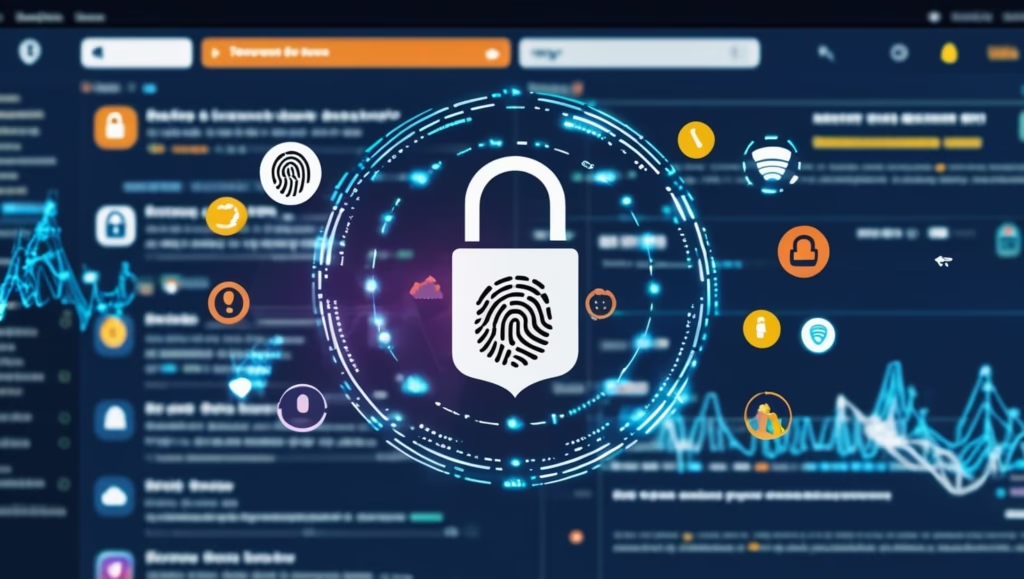
The Pros and Cons of Streaming: What It Means for Your Privacy and Security
Streaming involves more than entertainment—it also raises privacy and security questions.
Pros
- Encrypted Connections – Most platforms secure data through encryption.
- Parental Controls – Features that enhance safety for children.
- Account Management – Multi-factor authentication improves security.
Cons
- Data Tracking – Platforms collect viewing habits to sell ads or refine algorithms.
- Hack Risks – Shared accounts can be compromised.
- Phishing Scams – Fake emails targeting streaming users are common.
- Regional Surveillance – Some governments monitor streaming habits.
- VPN Legal Grey Areas – Using VPNs to bypass restrictions can pose legal risks.
When considering The Pros and Cons of Streaming: What It Means for Your Privacy and Security, it’s important to stay vigilant. While platforms strive to protect user data, risks from tracking, hacking, and scams persist.
Conclusion
Streaming has revolutionized entertainment by providing unparalleled flexibility, variety, and personalization. Yet, as this guide shows, The Pros and Cons of Streaming are complex. While it offers convenience and innovation, drawbacks such as subscription fatigue, fragmentation, privacy risks, and internet dependence cannot be ignored.
Ultimately, whether streaming is the right choice for you depends on how you balance these trade-offs. By understanding The Pros and Cons of Streaming, you can make smarter decisions about which platforms to subscribe to, how much to spend, and how to protect your privacy. Streaming is here to stay—but how you use it will determine whether it remains a benefit or becomes a burden.

